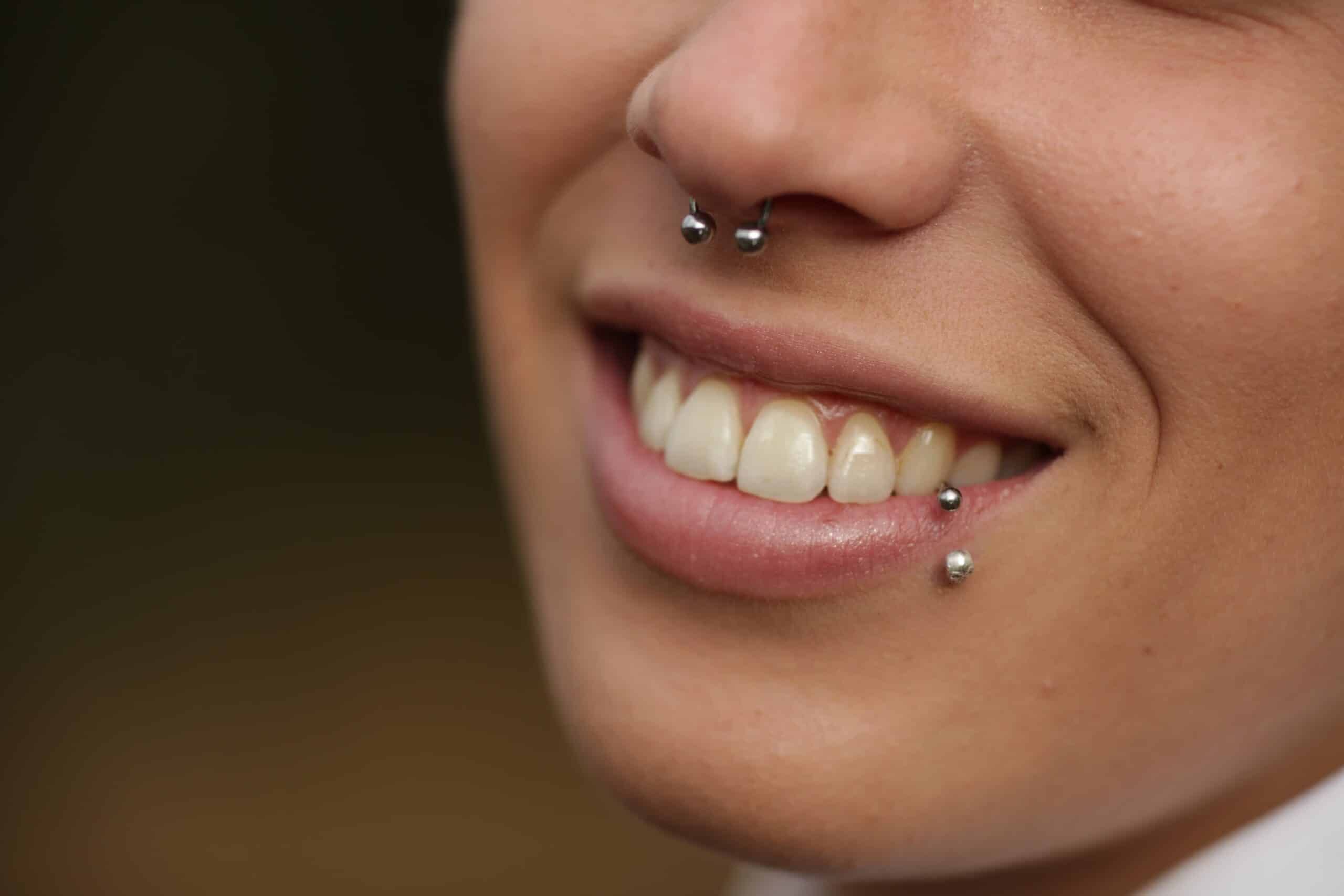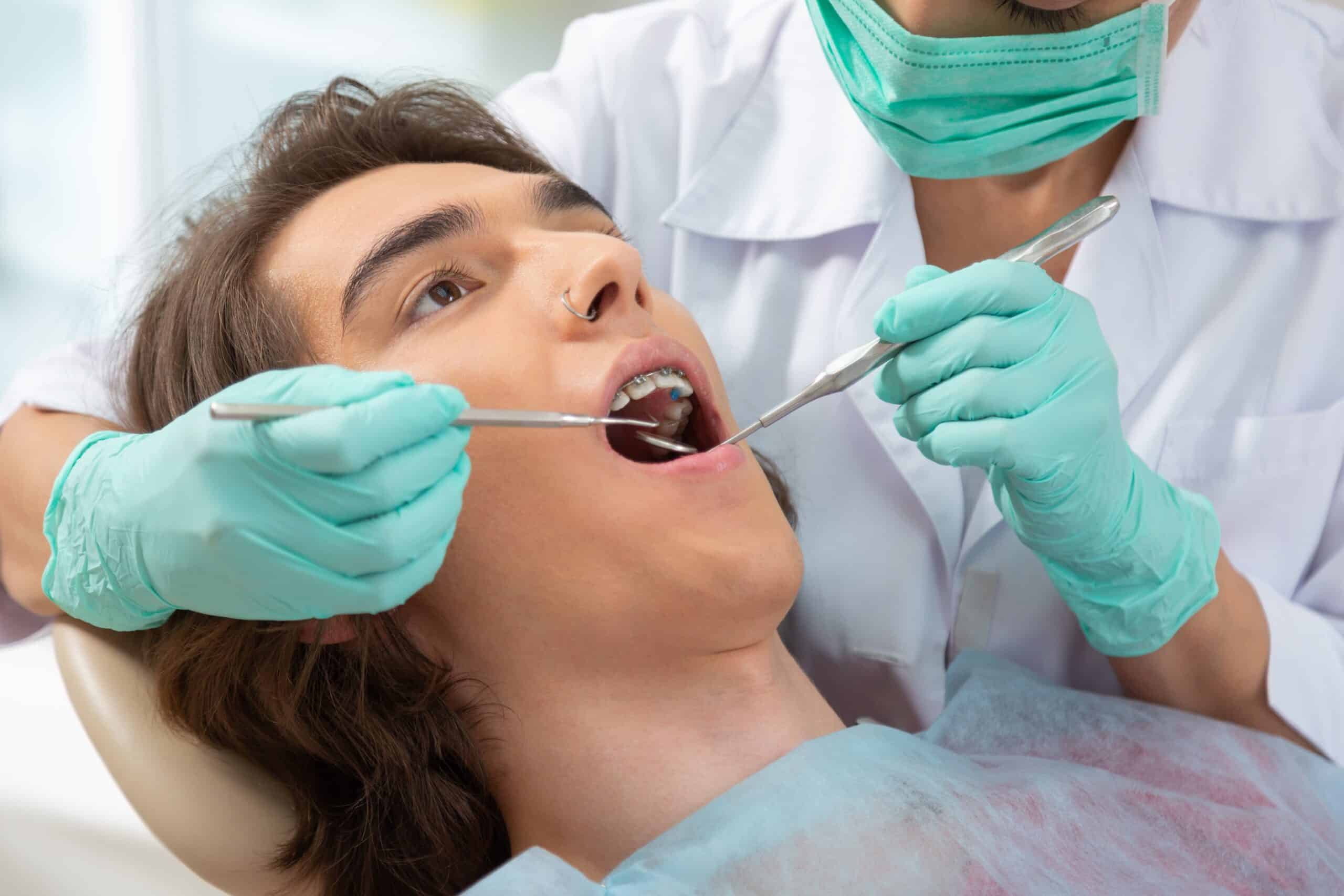
Oral piercings have become increasingly popular, and if you’re considering getting one, you might wonder how it could impact your dental health. There are two main risks to consider: the first is from the piercing process itself, and the second is the potential effect it might have on your teeth and gums. Let’s explore these risks in more detail and what you can do to keep your smile bright.
Risks and Complications of Oral Piercings
Oral piercings, such as those on the tongue, lips, cheeks, and even the inner mouth or gums, come with their share of risks and complications, much like piercings on other parts of the body. These risks can range from immediate concerns like swelling and pain at the piercing site to longer-term issues like infections.
Infection Prevention and Aftercare
To prevent infections and complications from an oral piercing, maintaining cleanliness is crucial. However, there are additional steps to keep the risk of infection low:
- Rinse your piercing with warm salt water or an antibacterial and alcohol-free mouthwash after you eat.
- Refrain from kissing or sharing cups and cutlery with others.
- Steer clear of spicy, salty, or acidic foods and drinks.
- Avoid consuming very hot foods and drinks.
Signs of Complications
It’s normal for a piercing to be itchy or irritated while healing. It may even produce lymph fluid, which is pale and can form a crust on your skin. However, with regular cleaning and care, this likely won’t develop into an infection. If you suspect complications with your piercing, here are some early signs to look out for:
- The area is swollen or painful.
- It looks very red or darker than normal.
- There is blood or pus—which can be green, yellow or white—coming out of it.
- You feel hot or generally sick.
If you experience these symptoms, consult a doctor as soon as possible.
Impact on Dental Health
Along with the risks, some of the most common complications that oral piercings can have on your dental health are:
- Chipped and damaged teeth
- Gingival (gum) recession
- Lacerations or scarring
- Airway obstruction
- Excessive saliva production
- Bruising
- Keloid formation
It can also be difficult to maintain your oral hygiene with a piercing. Depending on the location, using a toothbrush or flossing during the healing process may be difficult, leading to tooth decay or gum disease.

Interactions with Dental Procedures
If you’re struggling with cleaning your teeth due to the placement of your piercing, it may also be difficult for the dental hygienist. Piercings can get in the way of routine cleaning and procedures like filling a cavity.
Placement can also affect getting X-rays, as the metal could block the view of the photo, known as a radiograph. Getting a dental X-ray is vital to monitor and diagnose concerns like cavities, cysts, tumours, and impacted teeth.
Minimizing Risks
Before deciding on an oral piercing, consider discussing it with your dentist beforehand. They might have insights into the best placement for it to minimize the impact on your oral health. Following your piercing appointment, ensure you’re diligent about cleaning both the piercing and your teeth. We recommend scheduling a dental check-up once your piercing has fully healed and can be temporarily removed for proper cleaning.
At Yazdani Family Dentistry, we welcome you to ask us any questions or share concerns that you have so you can leave our clinic confident with your smile. Contact us today, and our expert dentists will be happy to help.







